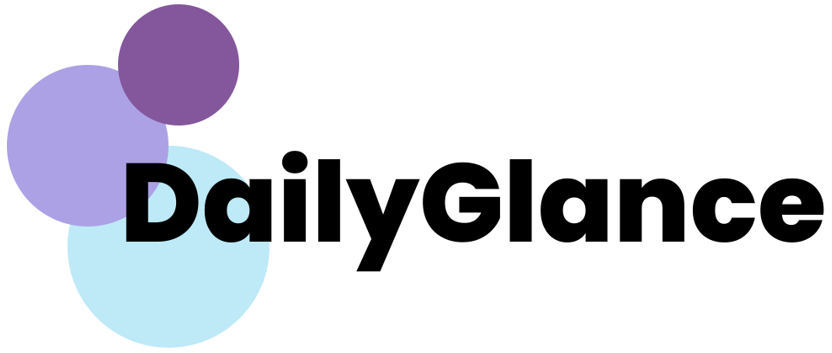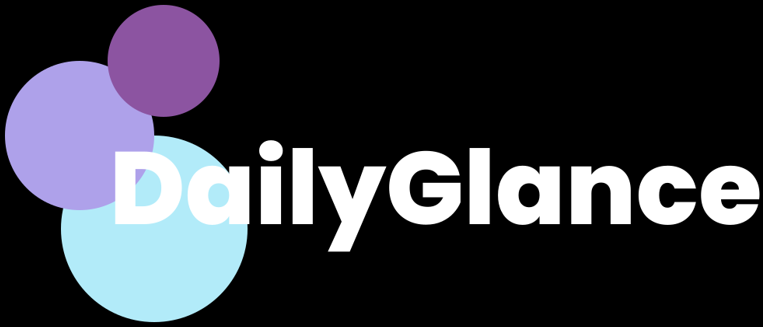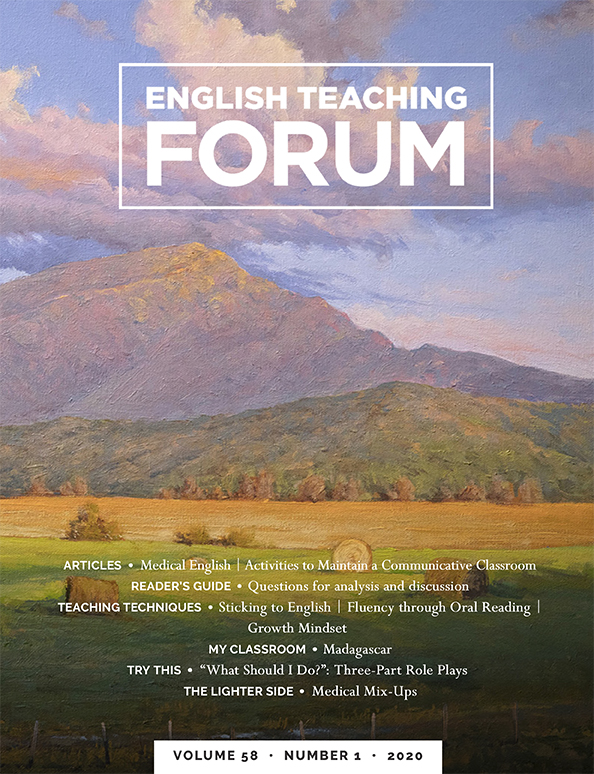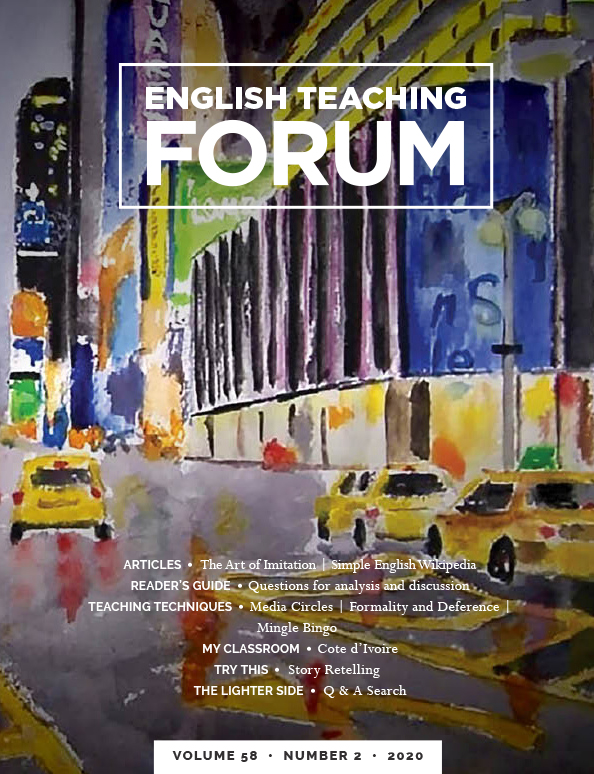Now Reading: Teacher’s Corner: Engaging English Language Learners with New Forms of Literacy
-
01
Teacher’s Corner: Engaging English Language Learners with New Forms of Literacy
Teacher’s Corner: Engaging English Language Learners with New Forms of Literacy
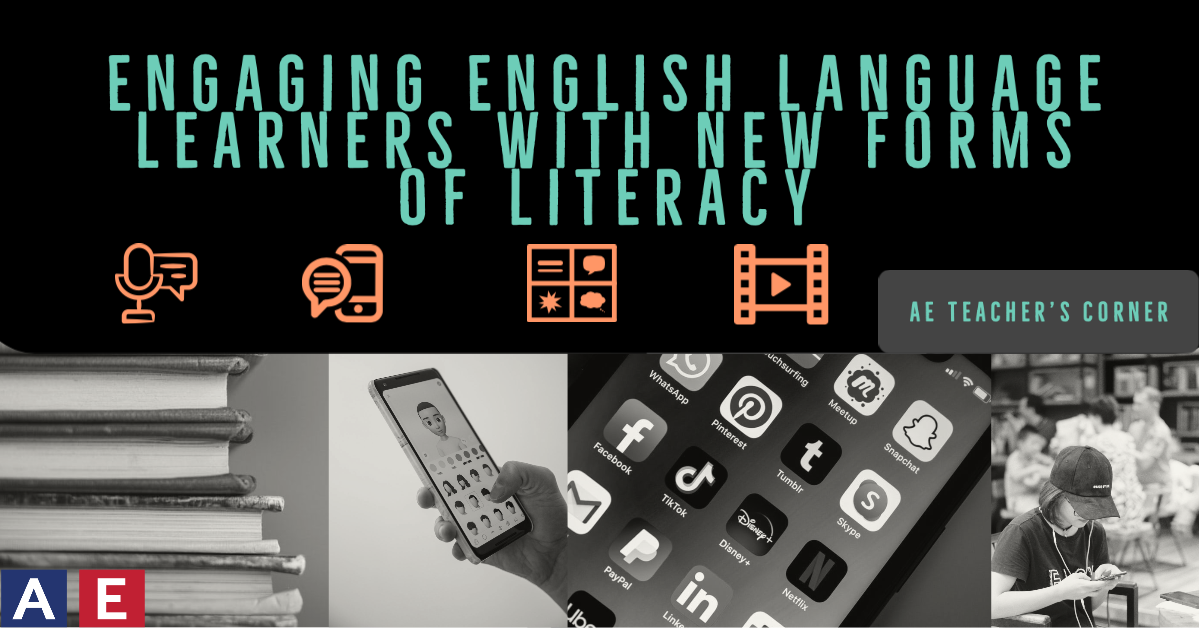
When we talk about literacy, we usually think about students developing reading, writing, listening, and speaking skills through traditional print texts and face-to-face interactions. A more modern definition of literacy emphasizes that true learning comes from understanding and the ability to apply knowledge, create meaning, or solve problems. Moreover, the concept of modal literacies suggests that each mode or genre of communication (such as short stories, poetry, drama, memoirs, etc.) represents a unique literacy within those specific contexts. This idea is somewhat similar to broader concepts like financial literacy, information literacy, and visual literacy.
Due to these more specific definitions of literacy, several new literacies have emerged in recent years. In this Teacher’s Corner, we explore some of these new literacies – instant messaging, comics, short-form video, and podcasting – and the potential impact they might have on teaching and improving English and critical thinking skills. These new literacies offer opportunities for students to communicate and problem-solve in a 21st-century global community.
Instant Messaging
Instant messaging involves short bursts of information, using abbreviated words, idiomatic expressions, and colloquialisms. Visuals often play a more significant role than text. Despite the emergence of new apps and technologies, texting remains a prevalent form of interpersonal communication among young people globally. Messaging apps like WhatsApp, Facebook Messenger, and Twitter allow the use of memes and GIFs, providing additional ways to communicate ideas and information. Understanding instant messaging has become increasingly important for English language learners due to the presence of irony, sarcasm, and hyperbole, which can be challenging for learners.
Comics and Graphic Novels
While some educators are familiar with comics and graphic novels, for many teachers and students, these genres offer new and unique learning opportunities. Combining words and images helps language learners understand and interpret content while providing creators with innovative ways to tell stories. A comic book is essentially a story told through art, with words and images arranged in panels to convey a plot. On the other hand, a graphic novel is a longer comic book, sometimes comprising several chapters.
Short-Form Video
Platforms like Instagram and TikTok have popularized the use of short video clips to express opinions, ideas, and talents, fostering global networks of shared experiences. Short-form videos, usually one to three minutes in length, aim to engage audiences and inspire interaction. These videos differ from longer video blogs by focusing on creating content that prompts audience participation and response.
Podcasts
Podcasts have evolved from a niche format into a powerful medium for sharing news, commentary, and entertainment through audio broadcasting. Unlike traditional radio, podcasts are pre-recorded and available online for on-demand listening. With thousands of podcast shows covering diverse topics, they offer a platform for teachers and students to engage with a global community of storytellers and information providers.
In conclusion, as new forms of communication continue to emerge, it is essential to prepare students for these evolving literacies. By understanding and embracing these emerging modes of expression, educators can better equip students to navigate and communicate effectively in a rapidly changing communication landscape.
